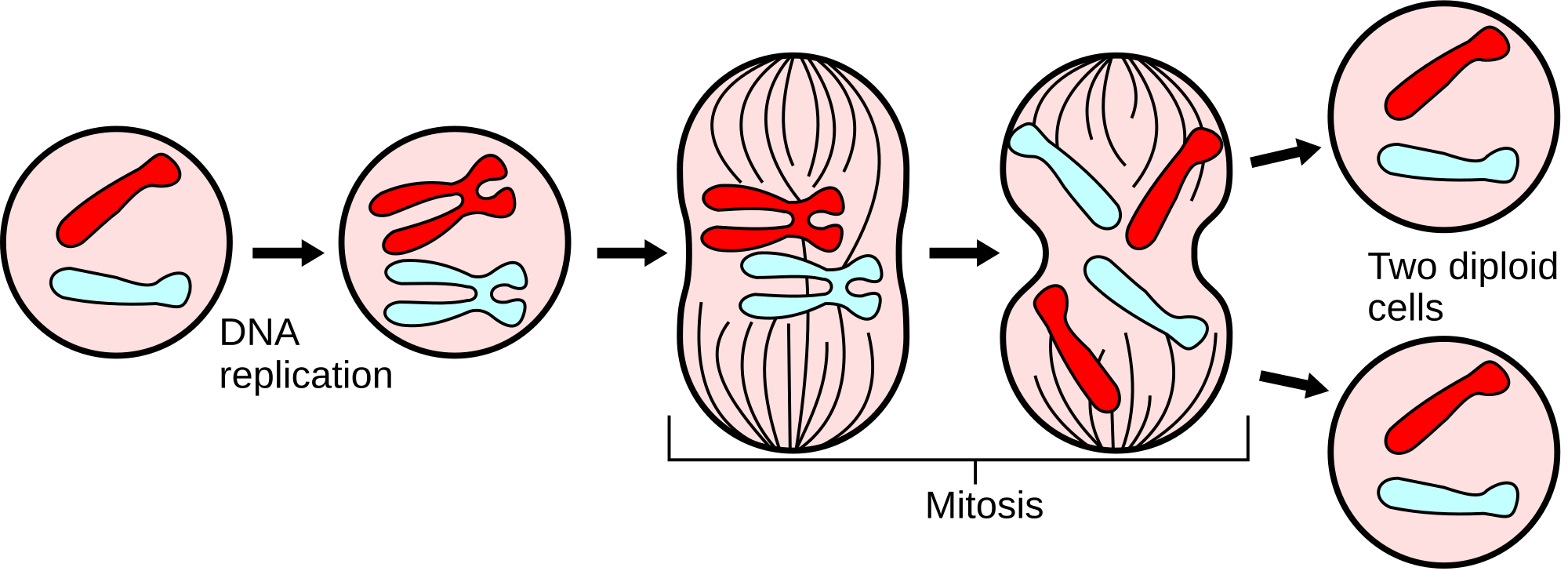 |
| Image Source: https://goo.gl/WccWO1 |
Immune System:
Function:
The function of the Immune System is to fight bad bacteria, viruses, diseases, chemicals, etc. that end up in the body.
Organs:
The organs associated with the Immune System are the leukocytes which fight off foreign bacteria in your body, the spleen which filters out blood and helps fight off bacteria and viruses, lymph nodes and tonsils which filter out harmful bacteria and waste in your body (these are found in many places in your body), the bone marrow which produces the leukocytes, and the thymus which teaches the leukocytes how to do their job.
"The Immune System - in More Detail." The Immune System - in More Detail. NobelPrize.org, n.d. Web. 27 Oct. 2016. <http://www.nobelprize.org/educational/medicine/immunity/immune-detail.html>.
Nemours. "Your Immune System." KidsHealth - the Web's Most Visited Site about Children's Health. The Nemours Foundation, n.d. Web. 27 Oct. 2016. <http://kidshealth.org/en/kids/immune.html>.
"Lymph Node." Wikipedia. Wikimedia Foundation, 28 Aug. 2016. Web. 27 Oct. 2016. <https://en.wikipedia.org/wiki/Lymph_node>.
Immune System - BrainPOP. Perf. Tim and Moby. BrainPOP. BrainPOP, n.d. Web. 27 Oct. 2016. <https://www.brainpop.com/health/bodysystems/immunesystem/>.
Lymphatic System - BrainPOp. Perf. Tim and Moby. BrainPOP. BrainPOP, n.d. Web. 27 Oct. 2016. <https://www.brainpop.com/health/bodysystems/lymphaticsystem/>.
Interactions w/ other Systems:
The Immune System works with the Integumentary System (skin) because the Integumentary System is the first line of defense when met with a pathogen. The skin blocks off harmful pathogens so the Immune System doesn't have to deal with it. The Immune System is also part of the Lymph System; they are basically one system. The Lymph System removes cell waste and the Immune System removes pathogens.
Analogy:
| Image Source: https://goo.gl/6o81wW |
Explanation:
The analogy for the Immune System is an airport baggage scanner. The function of an airport baggage scanner is to scan people's bags and search for (potentially) harmful items such as water bottles, harmful food/liquids, and weapons to ensure that the airplane flight and the people in the airplane are safe. The Immune Systems job is similar. The function of the Immune System is to wipe out any harmful substances or pathogens that are inside the body. This is to ensure that the organism isn't harmed by any pathogens or substances that may do so.
Sources:Structure and Function:
The organ that I chose for this section was the lymphatic vessels. These organs are tiny tubes that carry lymphs produced by lymph nodes. It is similar to the veins and arteries in the Circulatory System. The lymphatic vessels have tiny open holes which allow lymphs to escape into the body. This allows it to do its function because the lymphs go to the body´s cells to collect their waste, then go back to the lymphatic vessels. These vessels also have valves inside of them, which act as a gate. These valves are there to prevent reverse or irregular flow.
"The Immune System - in More Detail." The Immune System - in More Detail. NobelPrize.org, n.d. Web. 27 Oct. 2016. <http://www.nobelprize.org/educational/medicine/immunity/immune-detail.html>.
Nemours. "Your Immune System." KidsHealth - the Web's Most Visited Site about Children's Health. The Nemours Foundation, n.d. Web. 27 Oct. 2016. <http://kidshealth.org/en/kids/immune.html>.
"Lymph Node." Wikipedia. Wikimedia Foundation, 28 Aug. 2016. Web. 27 Oct. 2016. <https://en.wikipedia.org/wiki/Lymph_node>.
Immune System - BrainPOP. Perf. Tim and Moby. BrainPOP. BrainPOP, n.d. Web. 27 Oct. 2016. <https://www.brainpop.com/health/bodysystems/immunesystem/>.
Lymphatic System - BrainPOp. Perf. Tim and Moby. BrainPOP. BrainPOP, n.d. Web. 27 Oct. 2016. <https://www.brainpop.com/health/bodysystems/lymphaticsystem/>.


